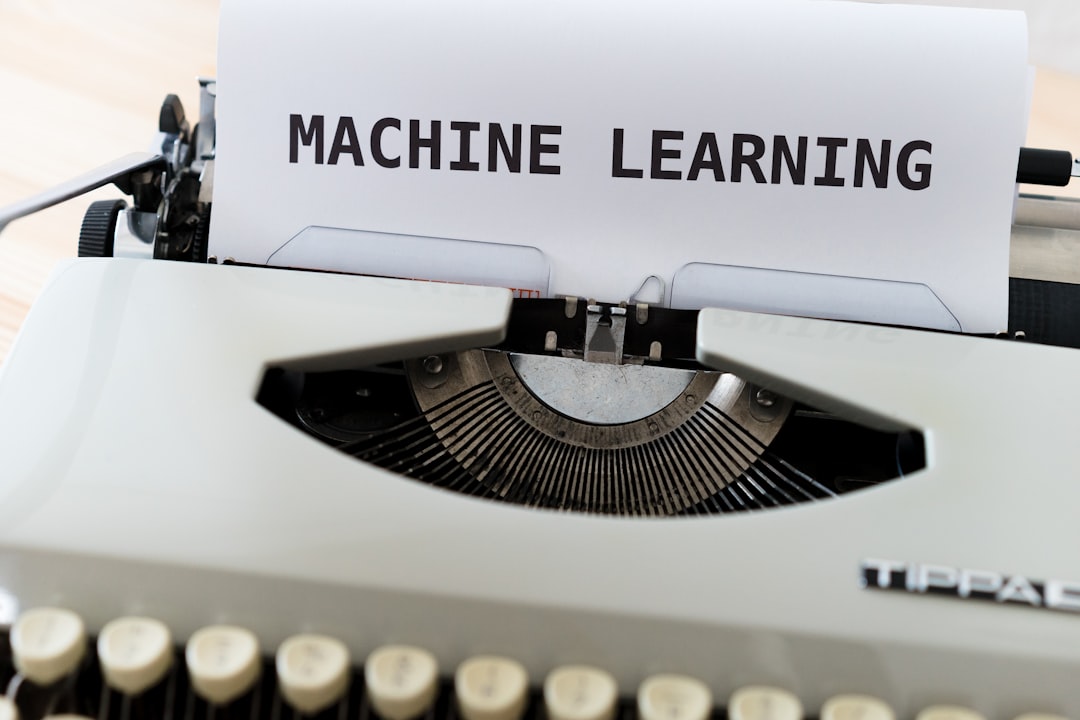What is it about?
When people harm someone, would they always approach the victim and seek reconciliation? Probably not. Sometimes, they just choose to flee and avoid the victim. We read out the dynamics of the transgressor’s mind from their hand movements when they make choices about approaching or avoiding their victims.
Featured Image

Photo by Joe Shields on Unsplash
Why is it important?
The temporal unfolding of approach and avoidance motivations after social transgression has never been that clear before this study. We show that 1) the processing of the approach motivation is prioritized over the avoidance motivation, and 2) the degree of prioritization adapts to the individual’s social and affective status. It has important implications for the latent structure of the social mind. It demonstrates the striking capability of our brains to coordinate the urgency/prioritization of information processing during social interaction.
Perspectives
It was super fun to rebuild the multi-person social interaction environment in the laboratory. When we read out the dynamics of the mind from our participants’ hand movements, we felt that this was magic. I hope you will share the same feeling and enjoy reading this article.
Dr. Bo Shen
New York University
Read the Original
This page is a summary of: The competition dynamics of approach and avoidance motivations following interpersonal transgression, Proceedings of the National Academy of Sciences, September 2023, Proceedings of the National Academy of Sciences,
DOI: 10.1073/pnas.2302484120.
You can read the full text:
Resources
Contributors
The following have contributed to this page










